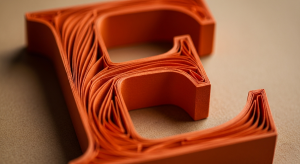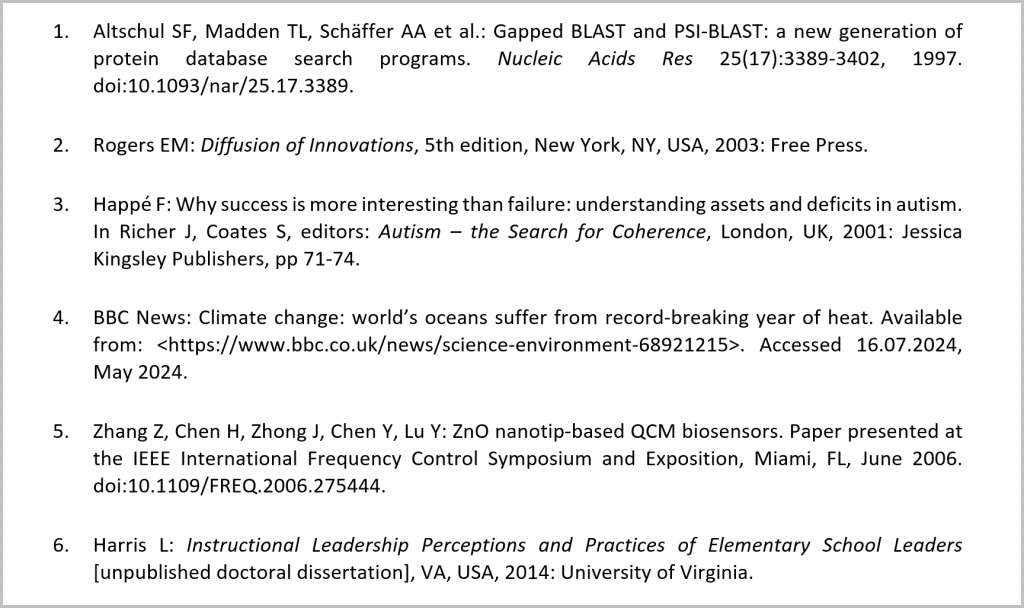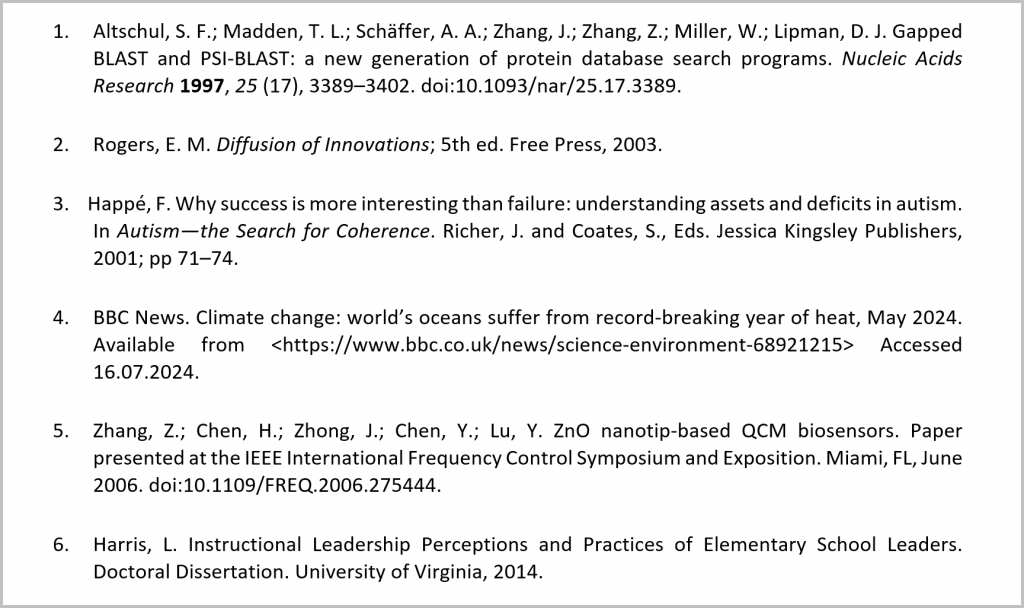New Styles: Elsevier
Published: 3 March 2025
Updated: 10 October 2025

We’ve just added 11 new citation styles used in Elsevier journals. Thrix’s style set is now more comprehensive than ever, with over 50 styles!
What are the Elsevier styles?
Elsevier publishes over 2,800 journals across an enormous range of subjects. They produced this set of 11 styles to reduce variation across their range of publications and to simplify the editing process. These styles are especially useful for researchers preparing manuscripts for Elsevier journals, but they’re also useful options for someone looking for generic Vancouver or Harvard styles.
Some of these are variants of other well-known styles, like APA and AMA, specifically adapted for Elsevier publications.
What are some consistent rules for all Elsevier reference styles?
The Elsevier documentation lists a few general rules for all their styles:
- Every reference cited in the text must be present in the reference list (and vice versa).
- References cited in the abstract should be given in full.
- Unpublished personal communications shouldn’t be included in the reference list.
- Online references should include a ‘last-accessed’ date.
What are the differences between the Elsevier reference styles?
Here’s a brief overview of each style:
Elsevier: 1. Standard numbered
A classic numerical style.
- In-text citations should use square brackets on the line, e.g. ‘…as previously described [7, 8]’.
- Number references in the order they are first cited in the text.
- Abbreviate journal names, with points.
Reference examples:

Elsevier: 2. Harvard
A classic author–date style.
- Use author–date in-text citations, e.g. ‘…as described by Smith and Jones (2019)’.
- In-text citations with three or more authors should use et al., e.g. ‘(Kramer et al., 2010)’.
- References in the list should be sorted alphabetically and then by date.
Reference examples:

Elsevier: 3. Vancouver
Another numerical style, with a few differences to Elsevier: 1. Standard numbered.
- In-text citations should use parentheses on the line, e.g. ‘…as previously described (7, 8)’.
- Number references in the order they’re first cited in the text.
- Abbreviate journal names, without points, no italic.Elide page numbers, e.g. ‘32–8’.
- If there are more than 6 authors, list the first 6 plus ‘, et al.’
Reference examples:

Elsevier: 4. Embellished Vancouver
Similar to Elsevier: 3. Vancouver, but with some important differences.
- In-text citations should be superscript numbers in the text, e.g. ‘…as previously described7, 8’.
- Volume numbers should be bold.
- Journal names should be italic.
Reference examples:

Elsevier: 5. APA
An APA-like author–date style, adapted to Elsevier’s style preferences. Based on the APA Publication manual.
- Journal names should be spelled out in full, an italic.
- Volume numbers should be italic.
- DOIs should be included where possible.
Reference examples:

Elsevier: 6. AMA
An AMA-like numerical style, adapted to Elsevier’s style preferences. Based on the AMA manual of style.
- In-text citations should be superscript numbers in the text, e.g. ‘…as previously described7, 8’.
- Number references in the order they’re first cited in the text.
- Numerical citations should be placed after periods and commas, but inside colons and semicolons.
Reference examples:

Elsevier: 7. Saunders name–date
An author–date style used in some journals published by Saunders (an Elsevier imprint).
- Use author–date in-text citations, e.g. ‘…as described by Smith and Jones (2019)’.
- In-text citations with three or more authors should use et al., e.g. ‘(Kramer et al., 2010)’.
- References in the list should be sorted alphabetically and then by date.
- Abbreviate journal names, without points, italic.
Reference examples:

Elsevier: 8. Saunders numbered
A numerical style used in some journals published by Saunders (an Elsevier imprint).
- In-text citations should be superscript numbers in the text, e.g. ‘…as previously described7, 8’.
- Number references in the order they’re first cited in the text.
- Abbreviate journal names, without points, italic.
Reference examples:

Elsevier: 9. ACS numbered
A style based on the American Chemical Society’s italic numbers format.
- In-text citations should be italic numbers in parentheses, e.g. ‘…as previously described (7,8)’.
- Number references in the order they’re first cited in the text.
- Journal name should be spelled out in full, and italic.
Reference examples:

Elsevier: 9a. ACS superscript numbered
A superscript variant of the ACS numbered style.
- In-text citations should be superscript numbers, e.g. ‘…as previously described7,8’.
- Place the number after full stops and commas, but before colons and semicolons.
Reference examples:

Elsevier: 9b. ACS name–date
A style based on the American Chemical Society’s author–date style.
- Use author–date in-text citations, e.g. ‘…as described by Smith and Jones (2019)’.
- References in the list should be sorted alphabetically and then by date.
- Journal name should be spelled out in full, and italic.
Reference examples:

How to format references in an Elsevier style
Thrix is a powerful reference editor that can automatically convert your references to one of the Elsevier styles. Using Thrix will help you:
- format citations and references to the correct journal expectations;
- ensure accuracy and consistency across in-text citations and reference lists;
- add missing details, ensuring your references are complete;
- add DOIs when required, where available.
This means that with Thrix, you can submit journal articles with less chance of rejection or delays.
Get started with Thrix
To convert references and citations to any of the Elsevier styles, just upload your document and select your preferred style from the dropdown list.
Visit the Thrix homepage to get started, or learn more about what Thrix can do on our Features page.





